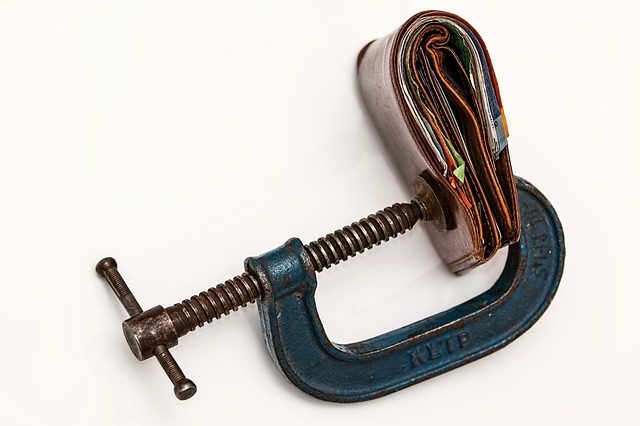2019 has brought major changes to the Bankruptcy Code. As of June 1, 2019, the majority of the amendments are in effect, changing a number of technical parameters, but most importantly, they change the debt settlement procedure itself quite fundamentally.
– Writing a bankruptcy petition.
Debtors can no longer write their own proposals; they must use professionals. They can choose from bankruptcy trustees, notaries, lawyers, bailiffs, and certified non-profit organizations. The debtor may not charge more than SEK 4,000 excluding VAT for these services. For matrimonial bankruptcies, the maximum amount is SEK 6,000 excluding VAT.
– Insolvency court
This court is the court of the debtor\’s place of residence. Said court shall, if the petition is justified, issue an order approving the bankruptcy and an order authorizing the bankruptcy. Based on this, a trustee in bankruptcy is assigned to the debtor.
– Examination of claims
The appointed trustee conducts the so-called examination of claims in accordance with the order. That is, he/she prepares a report summarizing the personal, property, and income situation of the affected persons for the bankruptcy proceedings.
– Approval Order
The next point is for the court to issue an order approving the bankruptcy. This may be done through the realization of assets or through the implementation of a repayment plan that involves the realization of assets.
– Determination of performance
Upon compliance with the program set after five years, or upon payment of 100% of the amount owed, or upon payment of at least 60% of the debt after three years of the program, or if the debtor is an old-age or disability pensioner, the court may order the debt relief performance, provided that every effort and contrivance has been made to fully satisfy the creditor.
– Stay of Execution
Thereafter, all executions pending to date shall be stayed in accordance with the decision.